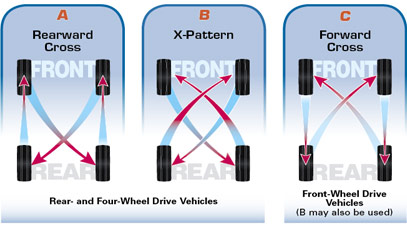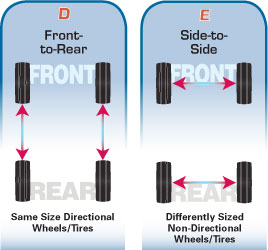NooDle
Ik ben niet alleen lekker met kaas!
So a while ago I was getting new tyres put on my car and of course they make you wait forever.
So you read those "magazines" entirely sponsored by tyre manufacturers.
One of them (Continental) said that no matter which car, if you swap your tyres (front and rear) because usually the fronts wear more on FWD cars, you should ALWAYS have the 'best' pair on the rear tyres.
This seems strange to me, because with FWD, your front wheels do all the steering + all the accelerating/braking. So if you put the "worn" tyres on the front wheels, you cannot steer, brake or accelerate, wile your rear tyres have massive grip.
IMO a FWD car should always have the 'best/least worn' tyres on the front wheels. I'd like the reassurance that if I skid off the road somewhere, I have some sort of control over where the car is going.
RWD cars may be different, since they can use the "throttle out" escape road, but srsly, why would you need good rear grip with a FWD car?
So you read those "magazines" entirely sponsored by tyre manufacturers.
One of them (Continental) said that no matter which car, if you swap your tyres (front and rear) because usually the fronts wear more on FWD cars, you should ALWAYS have the 'best' pair on the rear tyres.
This seems strange to me, because with FWD, your front wheels do all the steering + all the accelerating/braking. So if you put the "worn" tyres on the front wheels, you cannot steer, brake or accelerate, wile your rear tyres have massive grip.
IMO a FWD car should always have the 'best/least worn' tyres on the front wheels. I'd like the reassurance that if I skid off the road somewhere, I have some sort of control over where the car is going.
RWD cars may be different, since they can use the "throttle out" escape road, but srsly, why would you need good rear grip with a FWD car?


